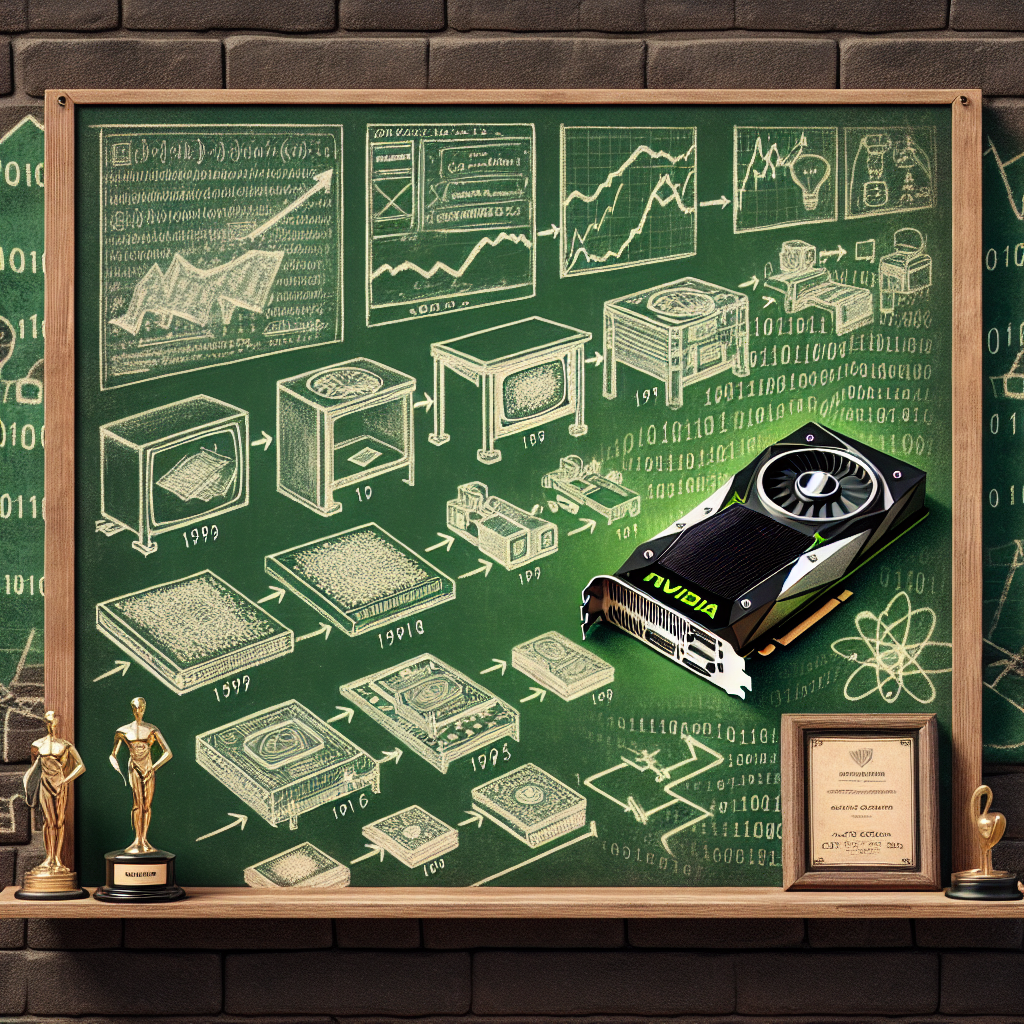Your cart is currently empty!
The Evolution of Machine Learning: NVIDIA’s Contributions and Achievements

Machine learning has come a long way since its inception, with advancements in technology and computing power pushing the boundaries of what is possible. One company that has been at the forefront of these developments is NVIDIA, a leading provider of graphics processing units (GPUs) that have become essential for accelerating machine learning algorithms.
NVIDIA’s contributions to machine learning can be traced back to the early 2000s when they introduced CUDA, a parallel computing platform that allows developers to harness the power of GPUs for general-purpose computing tasks. This breakthrough technology revolutionized the field of machine learning by enabling researchers to train complex neural networks faster and more efficiently than ever before.
In 2012, NVIDIA launched the Tesla K20 GPU, which was specifically designed for deep learning applications. This GPU featured a high number of cores and memory bandwidth, making it ideal for training large-scale neural networks. This marked a significant milestone in the evolution of machine learning, as researchers could now tackle more complex problems with greater accuracy and speed.
NVIDIA continued to push the boundaries of machine learning with the introduction of the Tesla P100 GPU in 2016. This GPU featured the groundbreaking Pascal architecture, which significantly increased performance and efficiency for deep learning tasks. With the Tesla P100, researchers were able to train neural networks faster than ever before, leading to breakthroughs in areas such as image recognition, natural language processing, and autonomous driving.
In recent years, NVIDIA has further solidified its position as a leader in machine learning with the launch of the Tesla V100 GPU. This GPU features the Volta architecture, which includes specialized tensor cores for accelerating matrix multiplication operations commonly used in deep learning algorithms. The Tesla V100 has become the go-to choice for researchers and developers working on cutting-edge machine learning applications, such as generative adversarial networks and reinforcement learning.
Overall, NVIDIA’s contributions to the evolution of machine learning have been instrumental in driving advancements in the field. By providing powerful GPUs and innovative technologies, NVIDIA has enabled researchers to push the boundaries of what is possible with machine learning, leading to breakthroughs in a wide range of industries. As machine learning continues to evolve, NVIDIA’s commitment to innovation and excellence will undoubtedly play a key role in shaping the future of artificial intelligence.

Leave a Reply